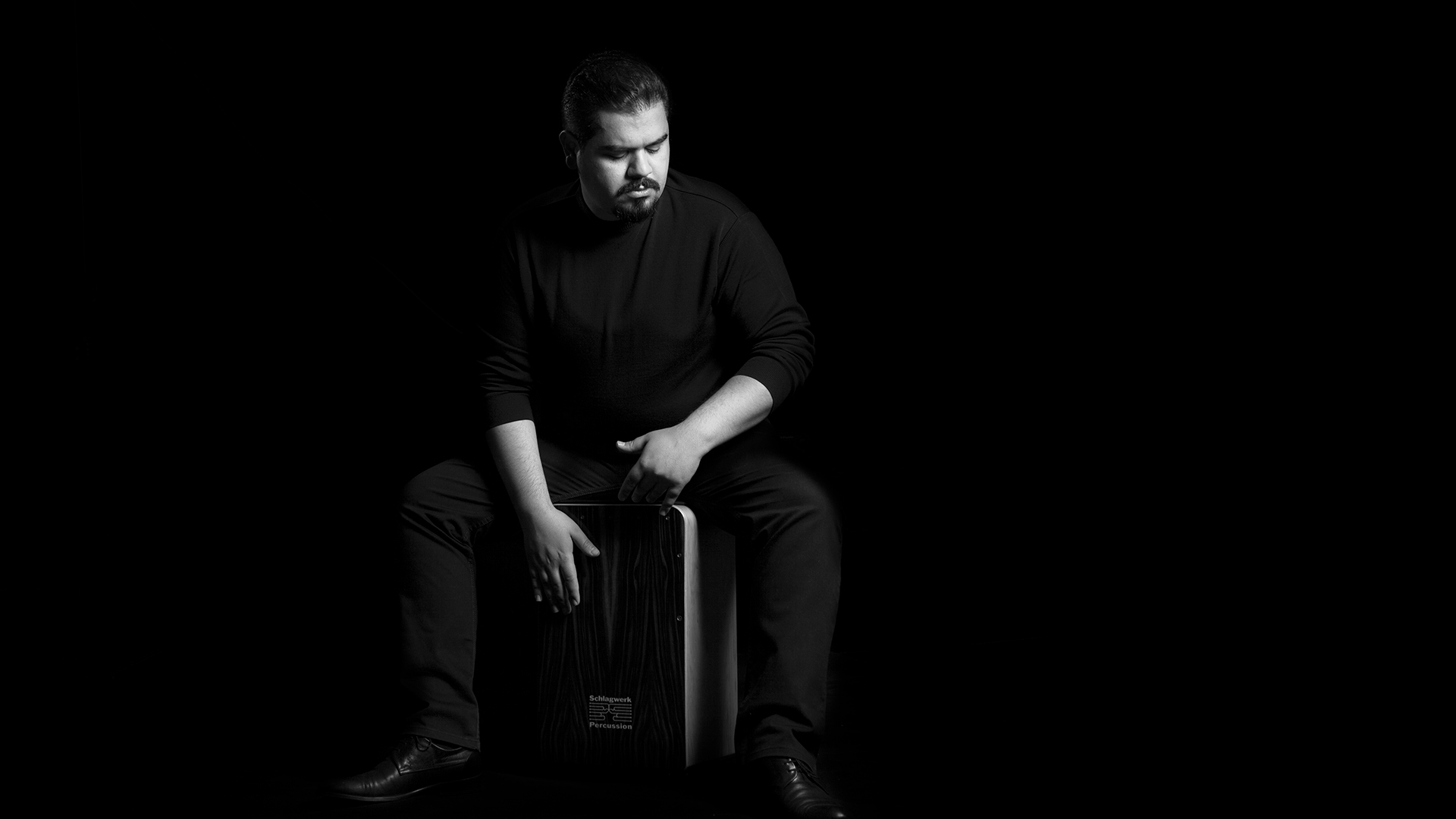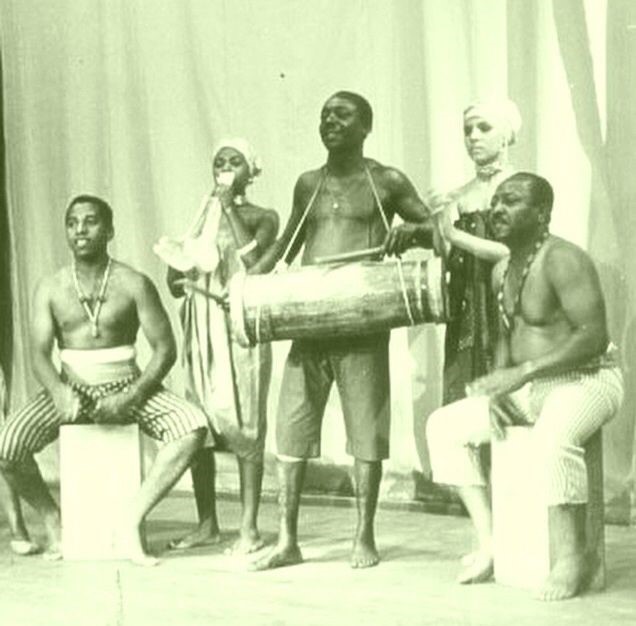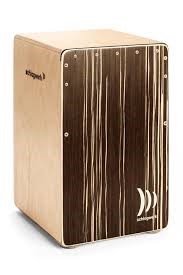
Cajon (history and teaching method)
Introduction and history of Cajon:
Cajon making is a type of box sounds that sit on it. It is played with direct contact of hands and fingers and also with tools such as different types of brushes. This instrument, which has no historical antiquity, was born in South America and literally means box.
In the sixteenth century AD, when black slaves were taken from Africa to South American countries for work, Africans who had dance and rhythm as an inseparable part of their culture would gather together after work in farms and factories and spend their time with music and dance. When their masters felt threatened by the gathering of slaves, they banned the gathering and playing of instruments for Africans. This is how they started playing on wooden boxes of fruit and other goods in secret gatherings and later Cajon was born.


Ensemble in flamenco culture
This instrument, which was played in Peru, attracted the attention of Spanish guitarists after a while, so that they found it suitable for ensemble in flamenco culture. And they added guitar strings inside the Cajon structure. Now playing Cajon in Spain is different from playing it in South America. This instrument has a lot of sound capabilities and its popularity is increasing day by day, so that there is no style in music that cannot use Cajon in it. Some of the prominent players of this instrument are Robem Dantas and Marco Fadda.
Cajon teaching method
Generally, Cajon teaching consists of four courses that are based on the written notes of Roozbeh Zarei.
First course:
In the first course, after learning the correct way of sitting on the instrument and the basic movements, Latin patterns that include rhythms such as: are afro-Peruvian, afro-Brazilian, afro-Cuban and so on, are taught. In addition, familiarity with Latin claves, percussion instruments and sound effects, according to the Latin rhythms and related to the patterns of each style, is created in the same chapter.
Second course:
In the second course, after mastering the Latin rhythms, Cajon teaching continues with flamenco style. Techniques and echoes of flamenco with Spanish rhythms such as: Techniques and echoes of flamenco with Spanish rhythms such as: Buleria, Tango, Guajira, Fandango and so on, along with Palmas are taught.
Third course:
In the third course, playing techniques with brush and rod as well as polyrhythmic patterns are taught, which are suitable for playing in jazz and blues styles.
Fourth course:
In the fourth course, additional techniques, complex bases and playing in styles such as pop, hip hop, rock, fusion and so on, with an approach to ensemble and solo playing, as well as coordination exercises with orchestra and using Cajon along with percussion set are taught.
